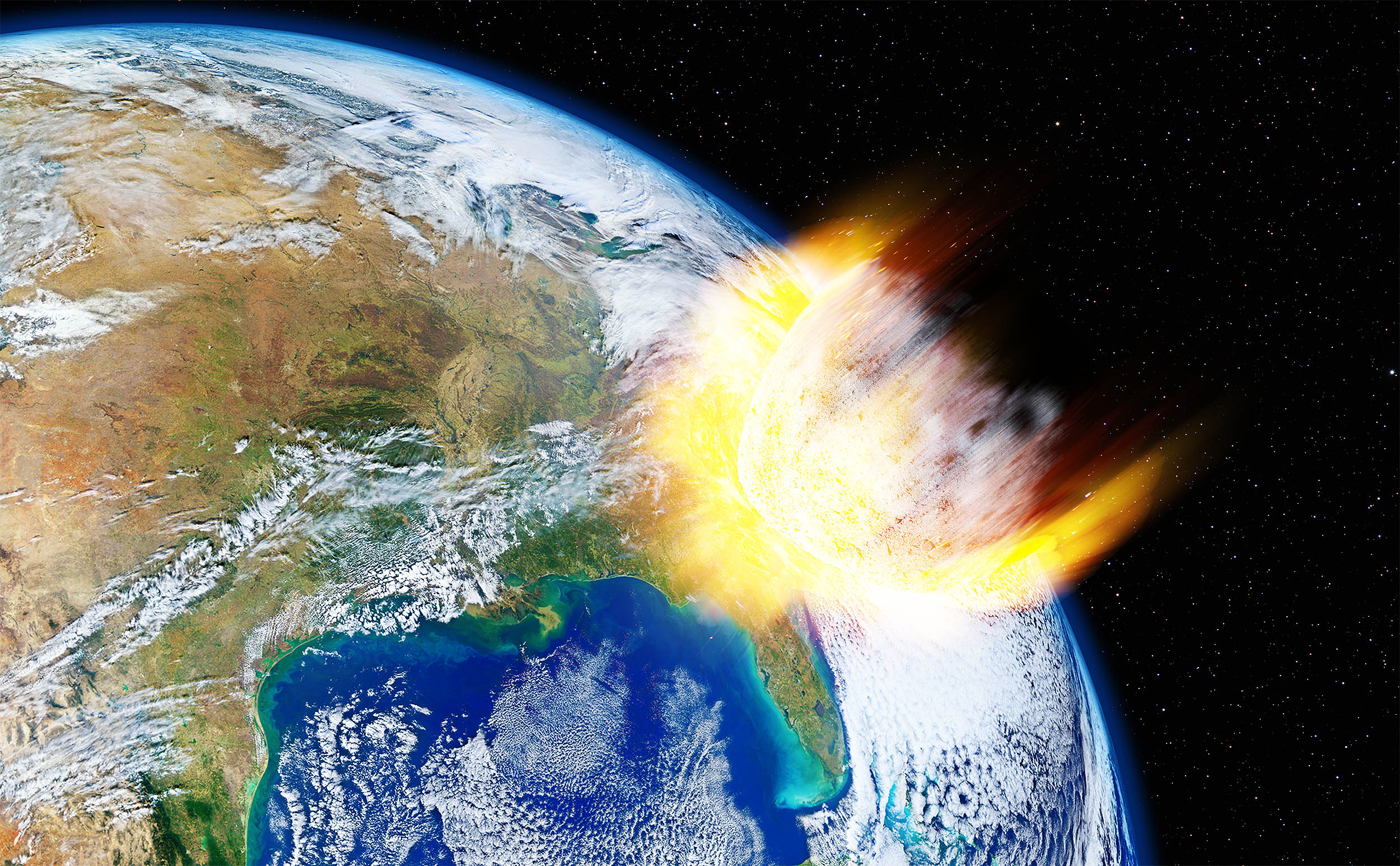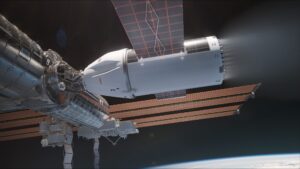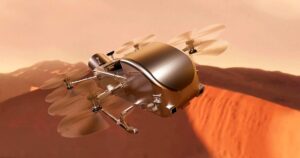When we think of unexpected events, asteroid impacts tend to be pretty low on the list. After all, a large asteroid colliding with Earth is highly unlikely in the foreseeable future.
However, given the potential catastrophic damage such an event could cause, NASA experts have made planning for this remote possibility a priority.
Every two years, a special branch of NASA, the Jet Propulsion Laboratory’s (JPL) Center for Near-Earth Object Studies (CNEOS), conducts a hypothetical exercise in which scientists and decision makers simulate an asteroid impact scenario.
The goal of these exercises, involving both federal and international agencies, is to address the uncertainties associated with an asteroid impact.
Big schemers for disaster preparedness
CNEOS, based in Southern California, has been instrumental in formulating these disaster management exercises for more than a decade.
These specialists are charged with the crucial task of tracking and classifying asteroids and comets, in addition to identifying potential threats to Earth.
Paul Chodas, director of CNEOS, sheds light on the painstaking nature of these training sessions.
“These hypothetical scenarios are complex and require significant design effort, so our goal is to make them useful and challenging for exercise participants and decision makers,” he explains.
By refining its processes and procedures, the team becomes better equipped to formulate an effective plan of action in the event of actual threats, filling any gaps in the planetary defense community’s knowledge.
Earth and asteroid impact scenario
This year’s simulation brought the “what ifs” into anxious focus. Imagining a hypothetical asteroid of significant size, the team calculated a 72% chance it would hit Earth in 14 years.
Potential sites of impact include densely populated areas in North America, southern Europe and northern Africa. However, there was a significant 28% chance that the asteroid would miss Earth completely.
Once in close proximity to the Sun, further observation of the asteroid was deemed impossible for the next seven months, leaving decision makers at a loss as to what to do next.
“This was a very successful tabletop exercise with nearly 100 participants from US government agencies and, for the first time, international planetary defense experts,” said APL’s Terrick Daley, who coordinated the exercise.
“An asteroid impact would have serious national and international consequences, so if this scenario were to materialize, we would need international cooperation.”
The global team takes cues from reality
These simulations are a collaborative effort. Participants include NASA’s Planetary Defense Coordination Office (PDCO), the Federal Emergency Management Agency’s Response Directorate (FEMA Response), and the National Space Agency.
Earlier this year, nearly 100 participants from various US government agencies gathered in Laurel, Maryland at the Johns Hopkins Applied Physics Laboratory (JHUAPL).
For the first time, international experts on planetary defense were also part of this event, highlighting the need for global cooperation in dealing with such potential crises.
To make the scenario more realistic, the CNEOS team simulated all the observations leading up to the exercise.
“At this point, an impact was likely but not yet certain, and there were significant uncertainties about the size of the object and the location of the impact,” said Davide Farnocchia, a navigation engineer at JPL and CNEOS who led the design of the asteroid orbit.
“It was interesting to see how that affected the choices of decision-makers and how the international community might respond to a real-world threat 14 years from now.”
Shields up: Averting potential disaster
Among the notable scientists pioneering asteroid deflection missions is the team behind the Double Asteroid Redirect Test (DART).
This mission was a monumental success and provided the foundations for future asteroid deflection efforts.
However, the process behind it is not as simple as playing space billiards. This involves years of preparation and planning, requiring advanced observatories capable of detecting dangerous asteroids as early as possible.
The Near-Earth Object Surveyor (NEOS), an infrared space telescope scheduled for launch in late 2027, plays an important role in achieving this mission.
Past lessons and future preparations
Let’s be honest. The idea of asteroid collisions might sound like a plot line straight out of a hit movie script. But the effects of such celestial encounters are very real and potentially devastating.
The Tunguska event of 1908 serves as a grim reminder. A small asteroid explodes over Siberia, flattening an estimated 80 million trees over an area spanning 800 square miles.
More recently, the 2013 Chelyabinsk meteor rocked Russia, causing extensive injuries and property damage due to the resulting shock wave.
In light of past events and the potential risks they pose, NASA uses a comprehensive approach that consists of proactive and reactive strategies.
Proactively, missions like DART are integral to developing techniques to alter the course of an asteroid. Infrared space telescopes like the Near-Earth Object Surveyor aim to spot and classify potentially dangerous objects long before they become a threat.
Reactively, NASA established emergency response exercises to ensure global coordination and rapid decision-making processes.
Protecting Earth from Asteroids
NASA’s asteroid strike drills serve as a stark reminder of the potential threats lurking in space.
These exercises simulate scenarios where an asteroid might be on a collision course with Earth, challenging scientists to develop effective deflection or mitigation strategies.
Yet they also highlight our abilities to strategize, cooperate, and use advanced technology in the face of such dangers.
By bringing together experts from a variety of fields, from astronomy to engineering, these exercises foster innovation and preparedness.
Do you feel safer knowing about the measures in place?
Let us continue to be vigilant because, as the saying goes, “Forewarned is armed.” Every step we take today can be decisive in protecting our planet tomorrow.
The next time you look up at the night sky, remember the unsung heroes of space working tirelessly to protect our planet. Because as we’ve learned, the best offense can often be a great defense.
To find out the outcome of the exercise, read NASA’s preliminary summary.
—–
Like what you read? Subscribe to our newsletter for engaging articles, exclusive content and the latest updates.
Check us out on EarthSnap, a free app brought to you by Eric Ralls and Earth.com.
—–



